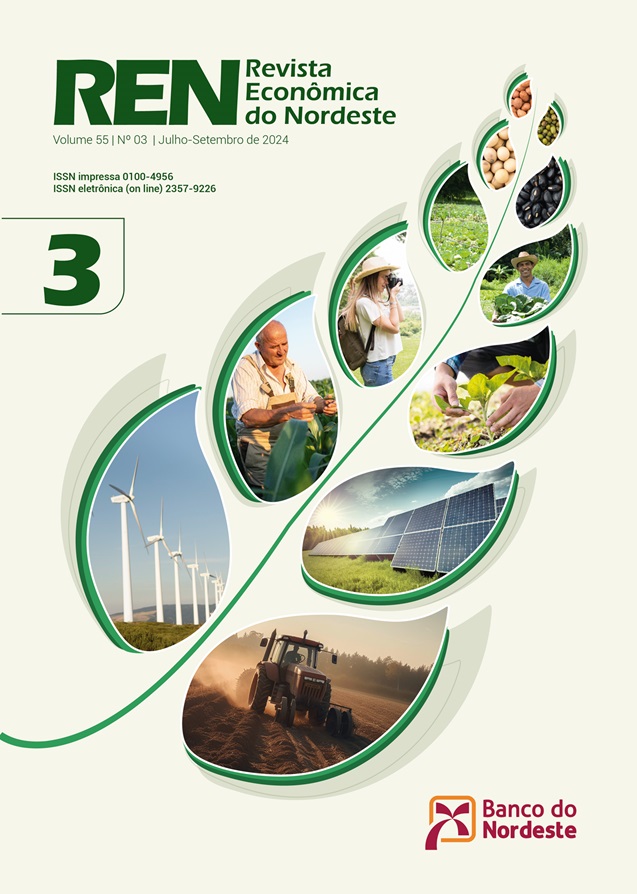EVOLUTION OF AGROFORESTRY SYSTEMS IN BRAZILIAN AGRICULTURE
DOI:
https://doi.org/10.61673/ren.2024.1531Keywords:
Agroforestry Systems, spatial analysis, Agriculture, BrazilAbstract
Agroforestry Systems (SAFs) are forms of land use in which trees are used in an integrated manner with crops and/or livestock in the same area and often allowing the recovery of degraded areas. This article evaluates the evolution and spatial distribution of agricultural establishments that adopt Agroforestry Systems (SAFs) in Brazil. To this end, some analytical and methodological frameworks from New Economic Geography are used, together with data from the Agricultural Census. It appears that, between 2006 and 2017, there were increases of 60.43% and 66.70%, respectively, in the number and area of agricultural establishments that adopt SAFs in Brazil. But this evolution was differentiated between family and non-family farming and between Brazilian regions. There is the formation of clusters among Brazilian municipalities in the use of SAFs, but they are distinct clusters according to the regions of Brazil and that change their dimensions between 2006 and 2017.
Downloads
Downloads
Published
How to Cite
Issue
Section
License
Copyright (c) 2023 Revista Econômica do Nordeste

This work is licensed under a Creative Commons Attribution 4.0 International License.








